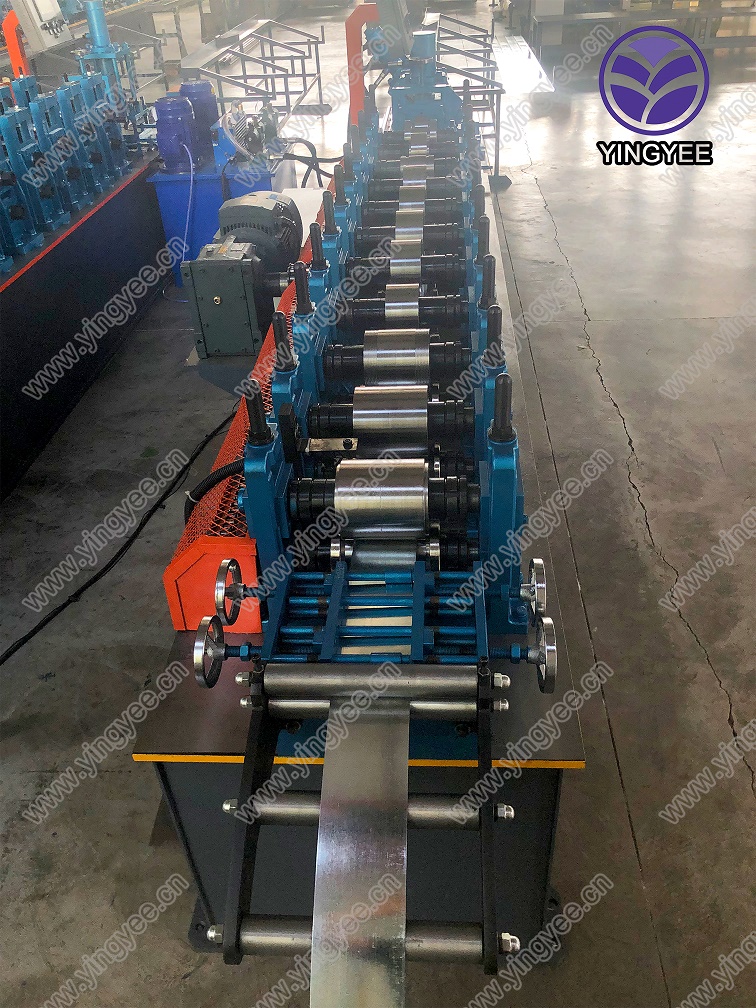
Understanding the Factors Influencing Cold Bending Prices
Cold bending is a widely used process in manufacturing that involves bending metal without the application of heat. This technique is essential in various industries, including construction, automotive, and electronics, as it allows for the creation of complex shapes and designs with precision and efficiency. However, the pricing of cold bending services can vary significantly based on a multitude of factors. In this article, we will explore the various elements that contribute to the pricing of cold bending, providing insights for businesses and consumers alike.
Material Type and Thickness
One of the most significant factors that influence cold bending prices is the type and thickness of the material being bent. Different metals, such as aluminum, steel, and stainless steel, have unique properties that can affect the bending process. For instance, aluminum is generally easier to bend, resulting in lower costs, while stainless steel, due to its hardness and resistance to deformation, may require more advanced equipment or techniques, leading to higher prices. Additionally, thicker materials will require more force to bend, which can also increase labor and equipment costs. Therefore, understanding the specific material requirements is crucial for accurately estimating cold bending prices.
Complexity of Design
The complexity of the design to be produced through cold bending is another critical factor affecting pricing. Simple bends and shapes can be produced relatively quickly and with less specialized tooling, resulting in lower costs. Conversely, intricate designs with multiple bends, angles, and curves require more detailed planning, additional setup time, and potentially specialized tools or machines. As a result, complex designs can significantly increase the overall cost of the cold bending process. It is essential for businesses to consider their design specifications and communicate them clearly to manufacturers to obtain accurate quotes.
Production Volume

Production volume plays a significant role in determining cold bending prices. Generally, the larger the quantity of items being produced, the lower the cost per unit. This is due to the economies of scale; as production volume increases, the setup costs are amortized over more units, reducing the overall expense. For businesses looking for cost-effective solutions, it may be beneficial to plan for larger production runs. However, for smaller batches, the price per unit may be higher, and businesses should weigh the benefits of bulk production against their immediate needs.
Location and Labor Costs
Geographical location and associated labor costs can also impact the pricing of cold bending services. Facilities located in areas with a high cost of living may charge more for their services due to higher wages and operational expenses. Conversely, companies in regions with lower labor costs might offer more competitive pricing. Additionally, shipping costs to transport materials and finished products can add to overall expenses. When evaluating cold bending prices, companies should consider both the location of their suppliers and the logistical implications of their choices.
Technological Advancements
Technological advancements in cold bending machinery and techniques can also affect pricing. As manufacturers continue to adopt more advanced technologies, such as computer numerical control (CNC) machines, they can improve efficiency and precision, potentially lowering costs. However, the initial investment in such technologies can be significant and may be reflected in the pricing structure. Businesses should inquire about the technology used during the cold bending process and how it may impact pricing and product quality.
Conclusion
In conclusion, understanding the various factors that influence cold bending prices is essential for businesses and consumers seeking to utilize this manufacturing process. By considering material type and thickness, design complexity, production volume, geographical location, and technological advancements, stakeholders can make informed decisions regarding their cold bending needs. By doing so, they can optimize their costs and ensure they receive the best value for their investment in cold bending services. As manufacturing continues to evolve, staying aware of these factors will be critical for achieving success in an increasingly competitive marketplace.